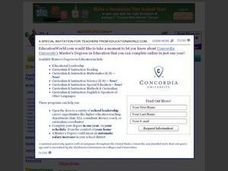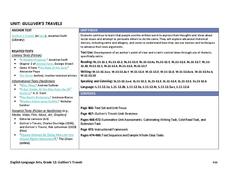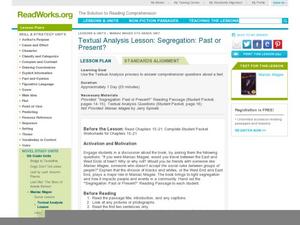Sarcasm Teacher Resources
Whether sarcasm is, as Gene, the narrator of John Knowles’s A Separate Peace, puts it- “the protest of those who are weak” or the product of a brilliant mind, this literary device has long been popular with philosophers, political pundits, commentators, and comedians who sharpen their wit and hone their remarks so that the cut, though often indirect, is swift and sure.
Sarcasm is part of the literary genre of satiric expression that exposes humanity’s vices and foibles to urge change or reform by mixing criticism with witty humor. A great place to start a study of this literary device is with a presentation that defines and illustrates the various characteristics of satiric writing, including sarcasm and irony. Questions of whether Twain’s use of satire in The Adventures of Huckleberry Finn cross the line into sarcasm are addressed in this lesson. Ironically, while sarcasm is a type of irony, not all irony is sarcastic. Teach your students how to recognize the difference between sarcasm and irony with this plan involving memes or this activity that uses cartoons.
Satirists who employ sarcasm do not go gently. They rage, they mock, they ridicule the injustices they see and the people they scorn to draw attention and sometimes even create change.

























